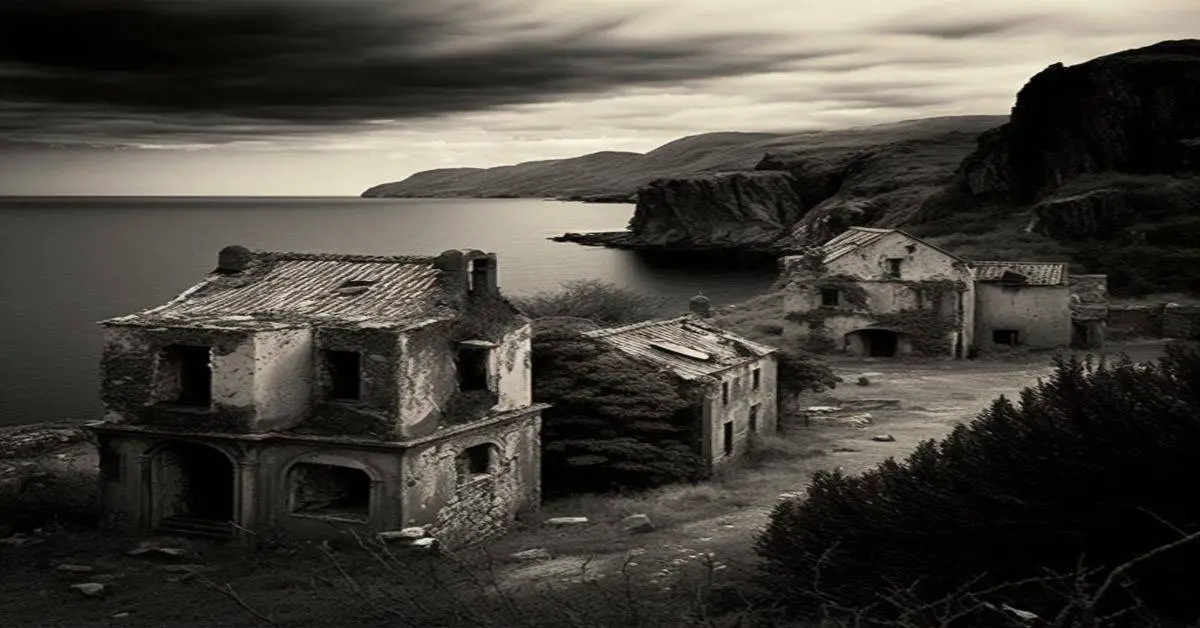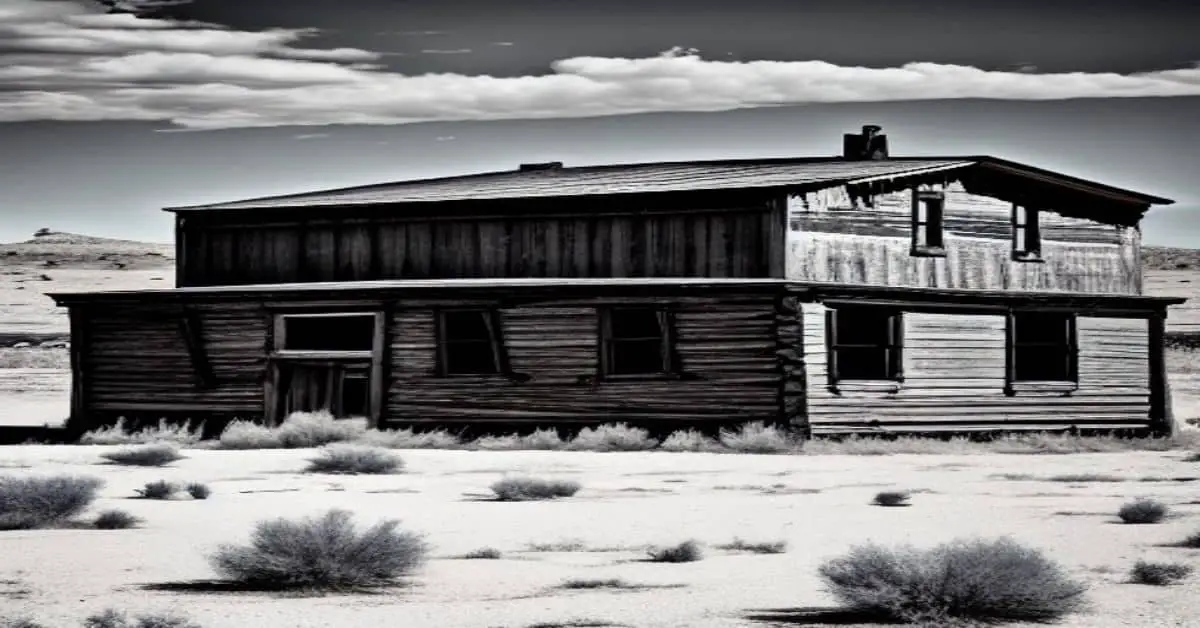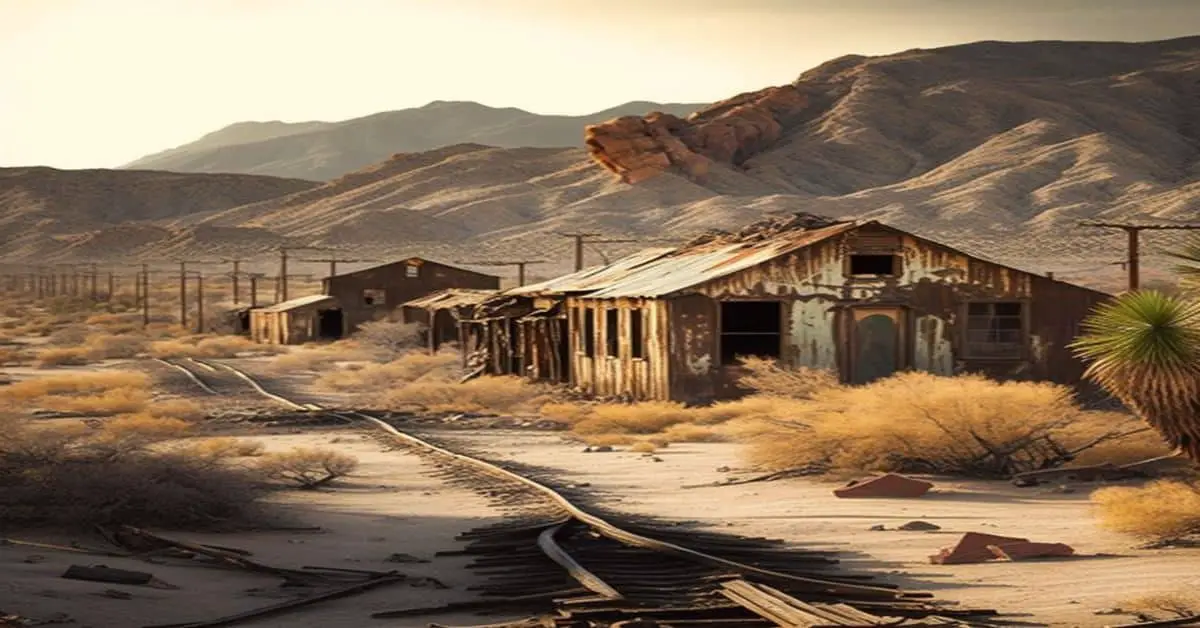Located in Cochise County, Arizona, lies the remains of a once-thriving mining town named Paradise. Established in 1901, Paradise was home to 13 saloons and a post office, and it quickly became known for its bustling community and lively atmosphere. However, the town’s prosperity was short-lived, and by 1907, the mines had closed down, leading to the town’s ultimate demise.
Despite its abandoned state, Paradise still attracts visitors who are curious about its rich history and the remnants of its former glory. In this article, we will explore the fascinating past of Paradise, taking a closer look at the town’s saloons and open-air jail while uncovering the stories of its former residents.
From the town’s humble beginnings to its eventual decline, we will delve into the history of Paradise and discover what makes it such a unique and intriguing destination for history buffs and curious travelers alike.
Key Takeaways
- Paradise was established in 1901 as a mining town with 13 saloons, but the closure of the mines in 1907 led to the town’s decline.
- Despite being abandoned, Paradise still attracts visitors interested in its history and offers a unique opportunity to step back in time and experience a once-vibrant community.
- The Arizona Historical Society has recognized the town’s historical significance, and a few current residents are working to preserve the town’s history and culture.
- Visitors can explore abandoned buildings, indulge in the town’s unique cuisine, and witness remnants of a bygone era in the town, which is accessible by 2WD vehicles and offers a mild winter and hot summer climate.
Location and History
Located 5 miles west of Portal in Cochise County, Paradise was once a bustling saloon town with 13 establishments, an open air jail, and active mines until their closure in 1907, leaving only one building standing today and a few residents.
The town’s post office was established on October 23, 1901, and was discontinued on September 30, 1943.
The original jail was an open air jail where prisoners were shackled to a chain run between two trees.
Paradise’s mining operations and saloons were the main drivers of its economy.
Allegedly, the town had 13 saloons at one time, which was a testament to its inhabitants’ rowdy and wild lifestyle.
However, the mines closed in 1907, and the town slowly declined.
Today, only one building stands under roof, and the town has only a few current residents.
Despite its abandonment, Paradise remains an interesting location to visit for history buffs and those curious about the Wild West era of Arizona.
Climate and Transportation
The climate in Paradise is characterized by mild winters and hot summers, offering visitors a chance to explore nature in a comfortable environment. During the fall, winter, and spring seasons, visitors can experience the beauty of the town’s natural surroundings without the sweltering heat. The town’s roads are accessible by 2WD vehicles, providing easy access to the area’s attractions.
Aside from exploring nature, visitors can also indulge in the local cuisine. With its rich history, Paradise offers a unique blend of flavors that reflect the town’s diverse cultural influences. From traditional Southwestern dishes to mouth-watering barbeque, the town’s cuisine is a must-try for any food enthusiast.
Whether you’re a nature lover or a foodie, Paradise has something to offer for everyone.
Current State and Attractions
Nowadays, this once-booming mining community presents a glimpse of the past with its single standing building, offering visitors a chance to witness the remnants of a bygone era. Paradise, Arizona, was once a bustling town with 13 saloons and a post office, but the mines closed in 1907, and the post office was eventually discontinued in 1943. Today, only one building remains under a roof, and the original jail, which was an open-air jail where prisoners were shackled to a chain run between two trees, is no longer standing.
Despite its dilapidated state, Paradise still has a few current residents who have chosen to preserve the town’s history and culture. Visitors to Paradise can explore the abandoned buildings and experience the sense of community preservation that still exists in the town. Although Paradise is no longer the lively saloon town it once was, the current residents are proud of their heritage and are working to keep the town’s memory alive.
The town’s historical significance has been recognized by the Arizona Historical Society, which has made a video about Paradise, and by photographers and historians who have visited the town in recent years. For those interested in history, Paradise offers a unique opportunity to step back in time and experience the remnants of a once-vibrant community.
Frequently Asked Questions
How did Paradise get its name?
Paradise’s name origin is unclear, with no recorded evidence or local folklore to explain it. Despite its historical significance, the abandoned town attracts tourists and has few preservation efforts in place for its remaining structures.
What types of minerals were mined in Paradise?
Paradise was once a hub for mineral extraction, with mines producing copper, lead, zinc, and silver. The economic impact was significant, but the mines closed in 1907, eventually abandoning the town.
Were there any notable events or figures associated with Paradise during its heyday?
There are no notable events or famous residents associated with Paradise during its heyday. However, its alleged 13 saloons suggest a strong cultural influence in the town.
What impact did the closure of the mines have on the town’s population?
The closure of the mines in 1907 had a significant impact on the economy of Paradise, Arizona, leading to a decline in the population due to outmigration. Economic opportunities and the lack thereof drove migration patterns.
Are there any plans to restore or preserve the remaining building in Paradise?
The historical significance of the remaining building in Paradise, Arizona is not currently being preserved or restored. Its current condition is unknown. There are no known plans for its preservation or restoration.


